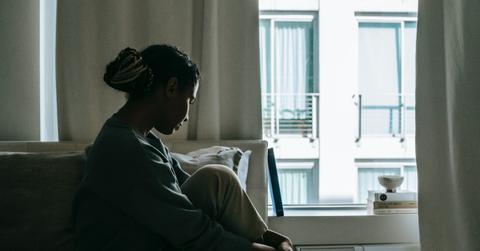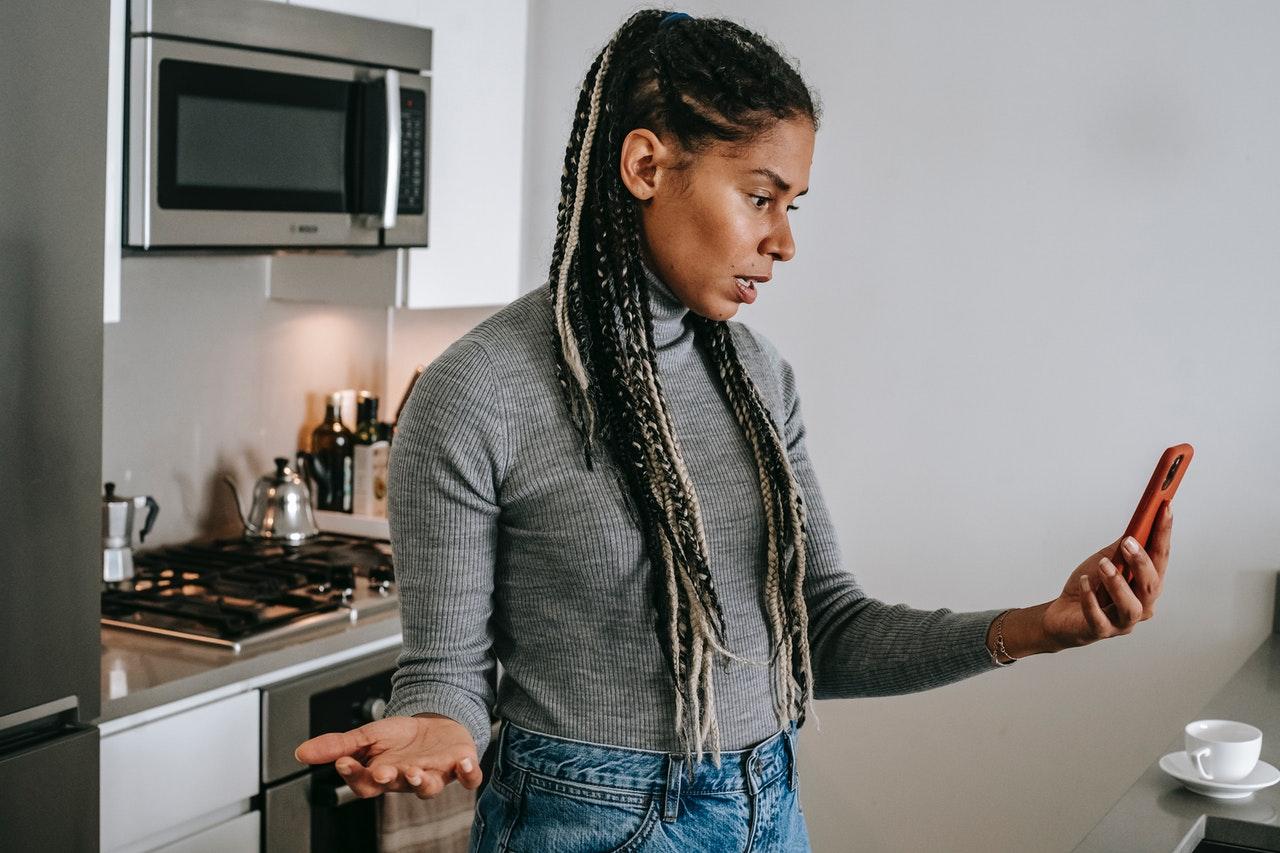How The ‘Opposite Action’ Technique Can Help You Cope With Stress

I am a clinical psychologist and sleep expert, and I have a confession: Last night I compulsively watched the election returns, even as I knew an outcome wasn’t likely for days to come. Oh, and there was also that bottle of wine that kept me company during my binge-watching. In short, I did exactly what I would never tell a client to do.
Not surprisingly, I woke up feeling horrible — sleep-deprived, foggy in the head, and still anxious.
I considered waving the white flag and just surrendering to the couch all day, forsaking work and all the usual strategies I engage in to keep myself healthy and manage stress. It dawned on me that being healthy is a choice and that at that moment, I relished the idea of choosing the unhealthy path. I contemplated staying in my pajamas, turning on my out-of-office email message, and lying on the couch to consume more news. Maybe with a side of carbohydrates.

I texted a friend to tell her my plan. She understood how I was feeling, but told me: “Wendy, go take a hike. It’s going to be a beautiful day. You’ll feel better if you do and you can always go back to the couch afterwards if you still want to.” It helps that my friend (Dr. Kelly Baron), also happens to be a clinical psychologist and sleep researcher like me.
So I followed her advice, albeit reluctantly.
Once I got outside and started moving, I noticed the cobwebs clouding my brain started to clear a bit, despite my sleep-deprived and over-served night. As my head cleared, words came to me that I so often tell clients in my therapy practice: “When in doubt and you are feeling really down, do the behavioral opposite.”
The technique, stemming from Dialectical Behavioral Therapy, is called “Opposite Action.” It is based on the idea that when we are feeling anxious or depressed or otherwise bad, we experience a variety of urges toward things that we think will make us feel better, but ultimately make us feel worse. In my case, the urge was to spend the day on the sofa indulging all my fears and uncertainties. Here are the opposite actions I took, and perhaps you might consider a dose of the same.
Phone a friend. I actually texted a friend. That simple step of connecting instead of isolating is one of the most powerful and evidence-backed strategies we can do to boost our mood during especially stressful times.

Take a hike. I live in the mountains, so I literally did just that. But the point is to get physically active, even if it means walking up and down the stairs of your apartment building or doing jumping jacks in your living room. The stronger the urge to veg out and do nothing, the more that is a clear signal that physical activity is the antidote. Research proves again and again that exercise is not only beneficial for physical health, but also a highly effective way to manage stress.
Practice mastery. Let’s say I had spent the whole day on the couch and neglected my work and other responsibilities. At the end of the day, I would have felt worse because now I would have to live with the fact that I accomplished nothing. A key tenet of cognitive-behavioral therapy is that a daily practice of mastery (accomplishing something) is critical to support our mental health. Maybe I won’t accomplish anything monumental today, but I am sitting down and writing this piece, so that’s a small feather I can put in my cap.
Help someone else.Volunteering or doing a kind deed for someone else is a great strategy to shake off self-pity and feel better about oneself. I hope this helps you.
This article was written by Wendy M. Troxel Ph.D. and originally appeared on Thrive Global.





